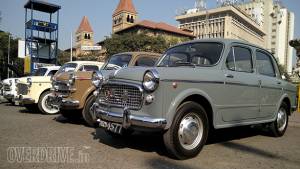Hyundai Elantra's AC rated highest among sedans in India
If you've been following the OVERDRIVE over that past few days, you must have come across our ultimate Indian automobile AC test. So far, we've given you the results for all the hatchbacks and the best SUVs. Now it's time for the final set of results the sedans.

We've got a wide range of sedans, right from the sub-4 metre Volkswagen Ameo to the luxurious Mercedes-Benz S-Class. Like we'd said in the parameters, the vehicle which comes out on top is the one which managed to have the lowest cabin temperature at the end of our test run. We've also rated five other major factors for every car's air-conditioning unit and here's what the ratings mean:
5/5: Very Good
4/5: Good
3/5: Average
2/5: Poor
1/5: Very poor
1. Hyundai Elantra
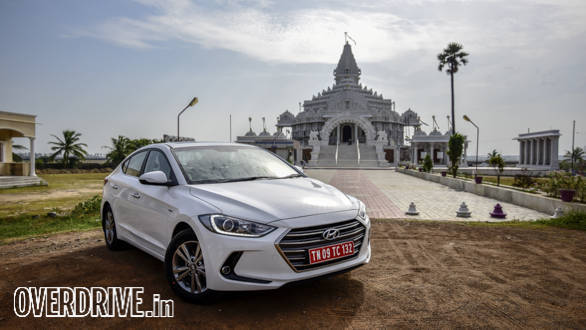
Min cabin temperature achieved: 28.7?C 3/5
Rate of cooling: 5/5
Circulation: 3/5
Vent temperature: 4/5
Blower speed: 4/5
Noise: 2/5
It looks like Hyundai has managed to pull a hat-trick in this test. It trumped the hatchback class with the i20 Active, the SUV/MUV class with the Creta and now, the sedan class with the Elantra! While its dual-zone climate control system couldn't bring the cabin temperature as low as in i20 Active's (we recorded a cabin temperature of 24.7?C), the Elantra's cabin was 0.2 degrees cooler than the Creta's. It has an excellent rate of cooling with the cabin temperature dropping by 15.9 degrees in the first two minutes.
The vent temperature was pretty good too with the lowest recording being 15.6 degrees. The air from the rear vent wasn't nearly as cool, with a lowest temperature of 19.3 degrees. Circulation in the Elantra is decent with a difference in temperature of 1.35 degrees between the front and rear of the cabin. The Elantra's blower speed is quite impressive with the wind from the vent hitting around 30kmph. But like in the other Hyundais, the AC is pretty loud at full blast.
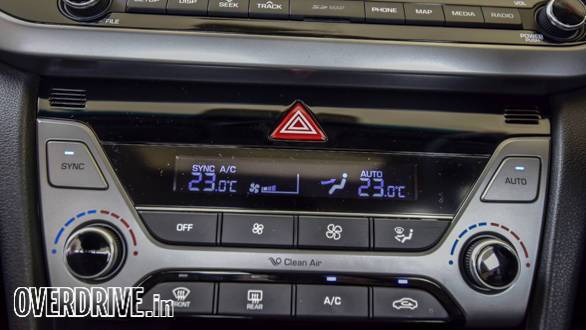
2. Toyota Camry Hybrid
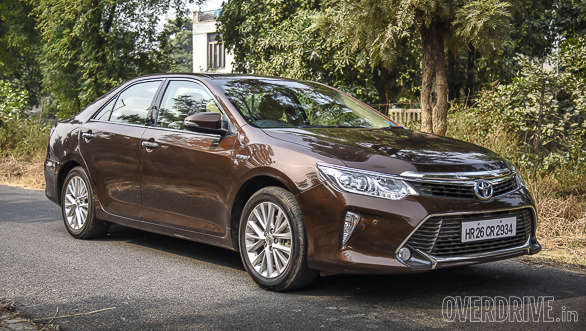
Min cabin temperature achieved: 29?C 3/5
Rate of cooling: 4/5
Circulation: 5/5
Vent temperature: 4/5
Blower speed: 2/5
Noise: 3/5
The Toyota Camry Hybrid missed tying for first place by just 0.3?C. It managed to drop the cabin temperature by 12.1 degrees in the first two minutes thanks to a three-zone climate control system. However, while the front vents managed to get to a pretty impressive 12.2 degrees, the rear vents could only hit 15.5 degrees. That said, the Camry had the best circulation in this test, with a difference of just 0.45 degrees between the front and rear of the cabin. Like with the other Toyotas in this test, the Fortuner and the Innova, the Camry's blower speed was quite poor with the wind from the vent hitting around 20kmph. At the same time, the cabin wasn't as quiet as in the SUV either.
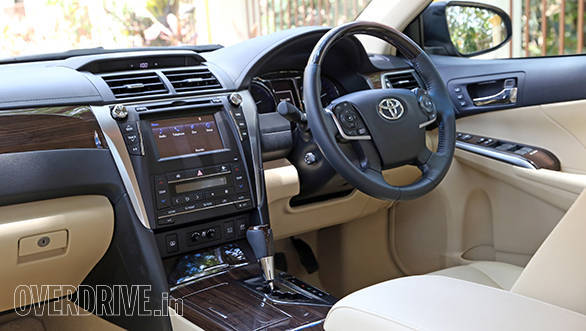
3. Mercedes-Benz S-Class
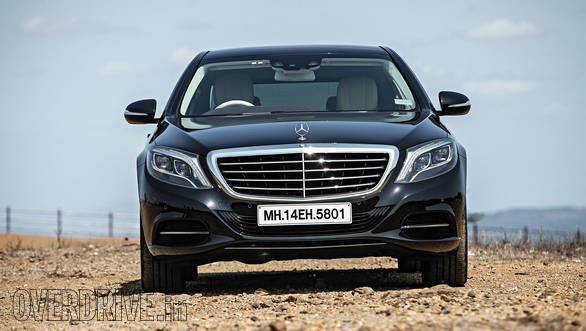
Min cabin temperature achieved: 30.7?C 2/5
Rate of cooling: 4/5
Circulation: 2/5
Vent temperature: 5/5
Blower speed: 4/5
Noise: 3/5
The S-Class didn't come out on top in this segment, but what's really impressive was how low the vent temperature got. We recorded a temperature of 11.7 degrees, which was the least among the sedans. The S-Class has got a high-tech four-zone climate control system with six vents up front and four at the back. The temperature at the rear vent went as low as 14.7 degrees, which was the lowest among all the cars in this test. The S-Class has a pretty good blower speed too, with the anemometer recording wind speed of around 32.5kmph from the front vents. Despite this, the noise level inside the cabin was pretty good, as you'd expect from an S-Class.
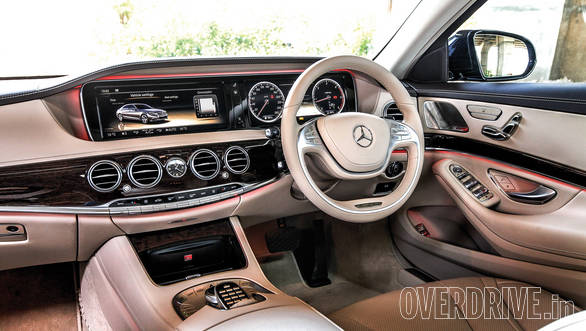
4. Volkswagen Ameo
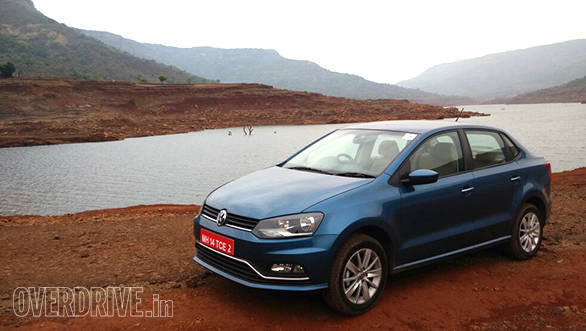
Min cabin temperature achieved: 32.3?C 1/5
Rate of cooling: 1/5
Circulation: 3/5
Vent temperature: 3/5
Blower speed: 3/5
Noise: 2/5
The Volkswagen Ameo didn't fare too well in most aspects of this test, despite having a comparatively small cabin and a rear AC vent. The cabin temperature dropped by just 6.3 degrees in the first two minutes, and then progress from there was very slow and minimal. While the front vent temperature went as low as 14.6 degrees, the rear vent didn't drop beyond 23.2 degrees. Circulation was average, with a difference of 1.3 degrees between the front and rear of the cabin. We also noticed that in Auto mode, the lowest temperature we could set was 22 degrees. If we set it lower, the system would automatically revert to manual mode. The Ameo's blower speed was decent, with the wind from the vent hitting around 26kmph. However, it got pretty noisy inside the cabin.
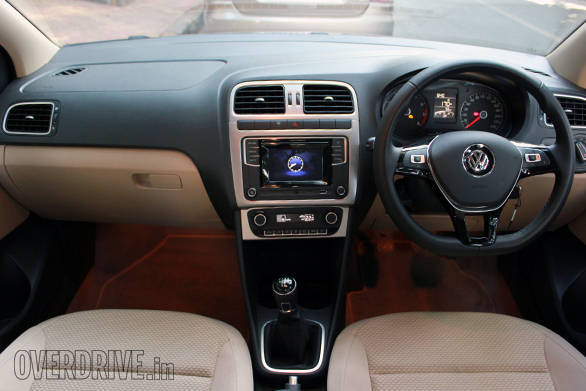
5. Toyota Platinum Etios
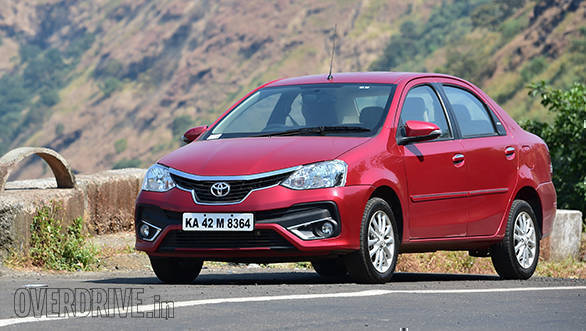
Min cabin temperature achieved: 34.2?C 1/5
Rate of cooling: 1/5
Circulation: 4/5
Vent temperature: 1/5
Blower speed: 4/5
Noise: 2/5
Surprisingly, for a car in its class, the Toyota Platinum Etios still doesn't feature automatic climate control. The lowest temperature it achieved in this test was very poor, and so were the rate of cooling and the vent temperature. It took four minutes for the Etios's cabin temperature to fall by just 7.3 degrees, after which there was very slow and marginal progress. Where the car does score well, though, is in terms of circulation. There was a difference of just 0.65 degrees between the front and rear of the cabin, and this could also be thanks to the good blower speed. We recorded wind speed of around 31kmph from the vents. At the same time, the cabin does get pretty noisy.
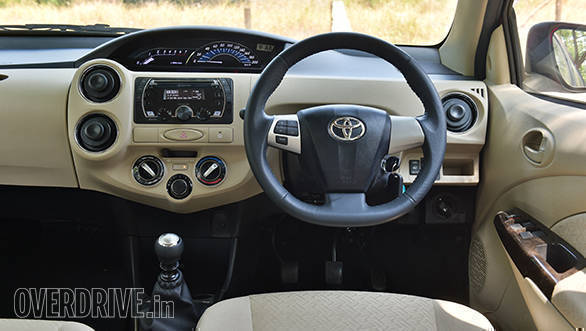
6. Honda City
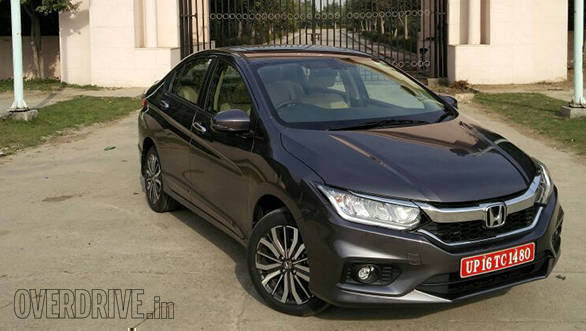
Min cabin temperature achieved: 36.7?C 1/5
Rate of cooling: 2/5
Circulation: 2/5
Vent temperature: 1/5
Blower speed: 3/5
Noise: 1/5
The Honda City, despite having automatic climate control and rear vents, didn't do as well as the Etios in most aspects. The lowest cabin temperature was very poor and so was the vent temperature. The lowest temperature at the front vent was 22.5 degrees, whereas the rear vent temperature didn't go below 35 degrees. Circulation was poor too, with a difference of 1.55 degrees between the front of the cabin and the rear. The cabin cooled by just five degrees in the first two minutes and by another 4.1 degrees in the following two. Beyond that, there was almost no progress. While the blower speed was decent we recorded wind speed of around 25kmph at the front vent. However, the noise level inside the cabin was very poor.
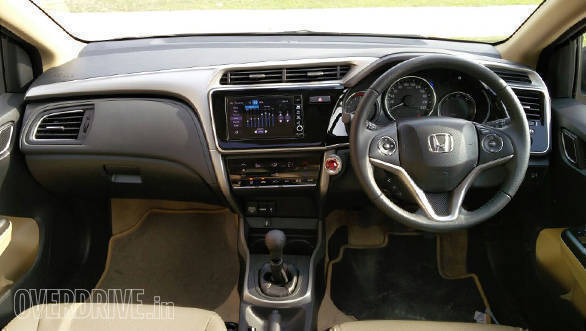
Also from OVERDRIVE:
Ultimate Indian automobile AC test: The testing parameters
Hyundai i20 Active's AC is best among Indian hatchbacks!
Hyundai Creta's AC scores highest among SUVs and MUVs in India
Then and now: When ACs were not common in cars
Simple Tech: Air conditioning and ozone explained
Starts Rs 17.6 Lakhs
1493cc
Automatic
115
250
-NA-
Starts Rs 43.21 Lakhs
1993cc
Automatic
145
175
-NA-
Starts Rs 10.9 Lakhs
1497cc
Manual
100
145
17.8 Kmpl
Starts Rs 9.99 Lakhs
1353cc
Automatic
115
242
-NA-
Starts Rs 6.8 Lakhs
1493cc
Manual
83
241
-NA-
Starts Rs 7.74 Lakhs
1396cc
Manual
83
219
21.19 Kmpl
Starts Rs 1.57 Crore
2925cc
Automatic
290
600
-NA-
Starts Rs 41.7 Lakhs
2487cc
Automatic
218
221
-NA-
Starts Rs 5.96 Lakhs
1498cc
Manual
76
250
21.66 Kmpl

